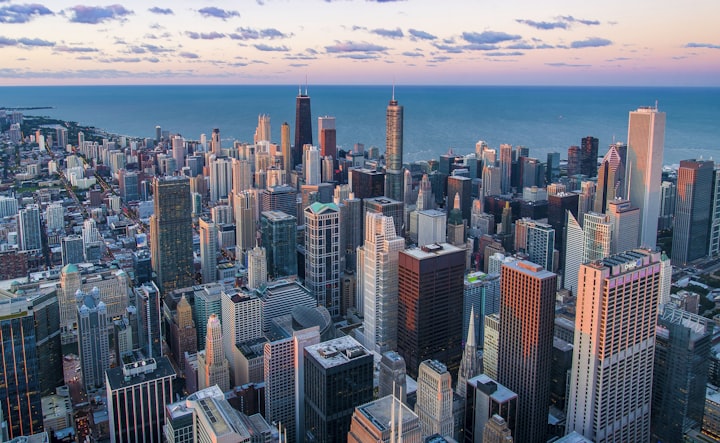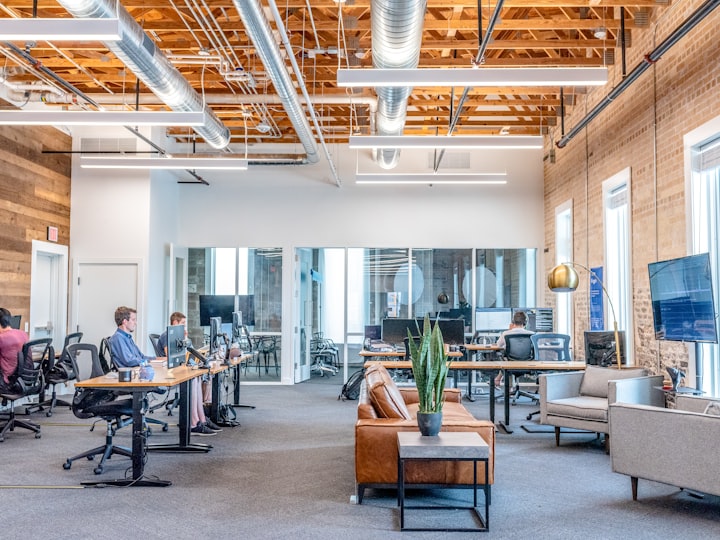Creating Sustainable Cities of the Future
Strategies for Designing Livable, Resilient, and Healthy Urban Spaces in the 21st Century

The world is rapidly urbanizing, with over half of the global population living in cities. As this trend continues, it is essential to consider how urban spaces can be designed sustainably to ensure that the cities of the future are healthy, livable, and resilient. The concept of sustainable cities has gained momentum in recent years, and it refers to the creation of urban environments that promote social, economic, and environmental sustainability. In this article, we will explore some of the key strategies for designing sustainable cities of the future.
Promote Sustainable Transportation
One of the most pressing challenges facing cities today is transportation. Many cities are designed around automobiles, which contribute to air pollution, traffic congestion, and greenhouse gas emissions. To promote sustainability, cities must prioritize walking, cycling, and public transportation as viable alternatives to driving. This can be achieved through the creation of pedestrian and bike-friendly infrastructure, including bike lanes, sidewalks, and pedestrian-only zones. Additionally, cities can invest in public transportation systems that are affordable, efficient, and accessible to all residents.
Increase Green Spaces
Green spaces are essential for the health and wellbeing of urban residents. They provide a respite from the hustle and bustle of city life, promote physical activity, and improve air quality. Cities can increase green spaces by creating public parks, community gardens, and green roofs. These spaces not only benefit human health but also support biodiversity and provide habitats for wildlife.
Build Sustainable Infrastructure
Sustainable infrastructure is key to reducing energy consumption and greenhouse gas emissions in cities. This can be achieved through the use of renewable energy sources such as solar and wind power, as well as the adoption of energy-efficient building practices. Additionally, cities can invest in water conservation measures such as rainwater harvesting and greywater recycling. Sustainable infrastructure can also include the creation of green buildings, which are designed to be environmentally friendly and energy-efficient.
Promote Local Food Systems
Local food systems are an important part of sustainable cities. They reduce the carbon footprint associated with transportation and support local farmers and producers. Cities can promote local food systems by creating community gardens, supporting farmers markets, and incentivizing the production and sale of locally sourced food. Additionally, cities can implement policies to reduce food waste and promote composting.
Encourage Community Engagement
Community engagement is essential for the success of sustainable cities. When residents are involved in the design and planning of urban spaces, they are more likely to support sustainable initiatives and take ownership of their neighborhoods. Cities can encourage community engagement through the creation of community centers, public spaces, and participatory planning processes. Additionally, cities can support local grassroots organizations that work to promote sustainability.
Foster Economic Sustainability
Economic sustainability is important for ensuring that cities are able to thrive over the long term. This can be achieved through the promotion of local businesses, the creation of jobs in sustainable industries, and the adoption of sustainable economic practices. Additionally, cities can invest in education and training programs to help residents acquire the skills necessary to participate in the sustainable economy.
Create Resilient Cities
Resilient cities are those that are able to withstand and recover from environmental and social challenges. This can be achieved through the creation of disaster preparedness plans, the implementation of resilient infrastructure, and the promotion of social cohesion. Additionally, cities can invest in climate adaptation measures to mitigate the impacts of climate change, such as rising sea levels and extreme weather events.
Conclusion
Designing sustainable cities is essential for ensuring that urban spaces are healthy, livable, and resilient. By promoting sustainable transportation, increasing green spaces, building sustainable infrastructure, promoting local food systems, encouraging community engagement, fostering economic sustainability, and creating resilient cities, cities can create a sustainable future for all residents. The challenges facing cities are significant, but by working together, we can create cities that are better for people and the planet. The benefits of sustainable cities go beyond the environment, as they also create economic opportunities and improve the health and wellbeing of residents.
It is essential that city planners, policymakers, and residents work together to create sustainable cities. This requires collaboration across different sectors and a commitment to long-term planning. It also requires a shift in mindset, from seeing sustainability as a burden or cost to seeing it as an opportunity for innovation and growth.
Governments and city authorities can play a key role in promoting sustainable cities by providing incentives for sustainable practices and investing in sustainable infrastructure. However, residents also have an important role to play in advocating for sustainability and making sustainable choices in their daily lives.
Ultimately, the success of sustainable cities depends on the commitment and collaboration of all stakeholders. By working together, we can create cities that are not only sustainable but also vibrant, inclusive, and resilient.
About the Creator
shankar jadhav
delivering quality content. I have a keen eye for detail, and my writing style is both engaging and informative. I have a strong background in research, and I am always looking for new and interesting topics to write about.






Comments
There are no comments for this story
Be the first to respond and start the conversation.